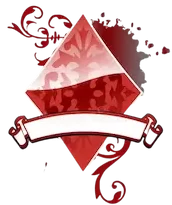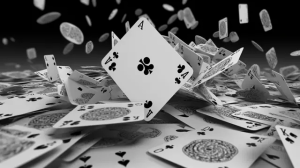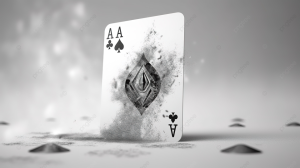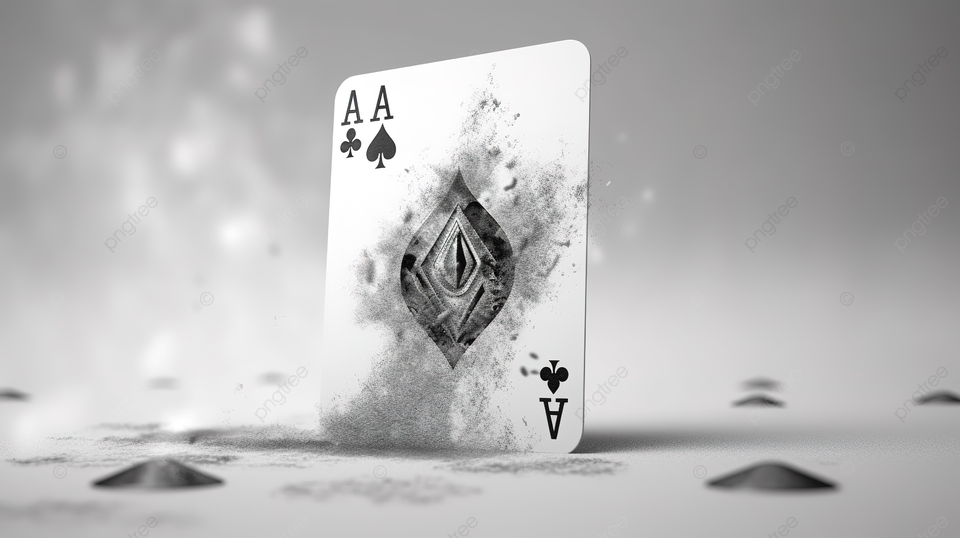Playing cards have fascinated people for centuries. Whether you’re a casual player, a card game enthusiast, or simply curious about the deck, understanding the diamond face cards and how cards are classified is essential to mastering many card games.
In this article, we will explore:
-
How many diamond face cards are in a deck of 52 cards
-
What diamond picture cards are and their significance
-
The broader classification of playing cards within a deck
-
How does this knowledge improve your card game strategy
-
Useful external resources for further reading
Let’s dive deep into the fascinating world of playing cards, focusing on the diamond suit and the face cards it contains.
What Are Diamond Face Cards?
When talking about playing cards, face cards or picture cards refer to the cards that feature illustrated human figures, traditionally known as the Jack, Queen, and King. These cards stand apart from the numbered or pip cards, which display numeric values and suit symbols.
In the diamond suit, the diamond face cards are:
-
Jack of Diamonds (J♦)
-
Queen of Diamonds (Q♦)
-
King of Diamonds (K♦)
Each of these cards features a unique portrait, often richly decorated with traditional designs. These cards are called “face” or “picture” cards because they display faces or portraits instead of numbers.
How Many Diamond Face Cards Are in a Deck?
In a standard 52-card deck, there are exactly three diamond face cards:
-
Jack of Diamonds (J♦)
-
Queen of Diamonds (Q♦)
-
King of Diamonds (K♦)
These three cards are part of the thirteen cards that make up the diamond suit, which also includes numbered cards from 2 to 10 and the Ace.
So, the answer to the question “How many diamond face cards are in a deck?” is three.
What Are Diamond Picture Cards?
“Picture cards” is another term for face cards. They are so-called because they feature illustrated images of people, which are generally more ornate and artistically designed compared to pip cards.
Characteristics of Diamond Picture Cards
-
Visual design: The diamond face cards feature detailed human portraits, typically with crowns, armor, or royal attire.
-
Color: Diamonds belong to the red suits, so these picture cards have red diamond symbols and red hues in their artwork.
-
Rank: The hierarchy of face cards typically ranks Jack lowest, Queen next, and King highest within the face card subset.
Role in Card Games
Diamond picture cards often carry special importance in many card games:
-
In poker, face cards can create valuable hands such as a “full house” or “three of a kind.”
-
In bridge, face cards contribute significantly to a player’s “high card points,” which are vital in bidding and play strategy.
-
In solitaire and other card games, these cards can affect gameplay moves and scoring.
Card Classification in a Deck
To fully understand diamond face cards, it helps to look at how the entire deck is classified. The standard 52-card deck consists of four suits, each with 13 cards:
| Classification | Cards Included | Description |
|---|---|---|
| Numbered (Pip) Cards | Cards 2 through 10 of each suit | Cards displaying numbers and pips (suit symbols) |
| Face (Picture) Cards | Jack, Queen, and King of each suit | Cards with illustrated faces or pictures |
| Ace Cards | Ace of each suit | Typically, the highest or lowest card, depending on the game |
Breakdown by Suit
-
Hearts (♥) – Red suit, includes three face cards: J♥, Q♥, K♥
-
Diamonds (♦) – Red suit, includes three face cards: J♦, Q♦, K♦
-
Clubs (♣) – Black suit, includes three face cards: J♣, Q♣, K♣
-
Spades (♠) – Black suit, includes three face cards: J♠, Q♠, K♠
Each suit’s face cards share a similar style but differ in color and minor design elements.
Why Is Understanding Card Classification Important?
Knowing how cards are classified and how many face cards exist per suit can benefit you in several ways:
Strategic Gameplay
-
In games like poker, understanding which face cards remain in play can influence your betting strategy.
-
In bridge and other trick-taking games, counting face cards is essential for estimating trick-winning potential.
-
In collectible card games or custom decks, recognizing card types helps in deck-building and gameplay tactics.
Card Counting and Probability
For card counters, knowing the exact number of face cards helps estimate the likelihood of drawing or encountering specific cards, which can be crucial in blackjack and other games relying on probabilities.
Unique Features of Diamond Face Cards
Diamond face cards have some unique characteristics compared to other suits:
-
Visual Symbolism: The diamond shape is often associated with wealth, clarity, and value, which sometimes reflects in the card design.
-
Color Influence: As a red suit, diamonds are grouped with hearts in red suits, contrasting with the black suits (clubs and spades).
-
Cultural Variations: While the basic design remains consistent, different decks (e.g., French, German, or Spanish) may have variations in artwork and card names.
How to Identify Diamond Face Cards
Here’s how to quickly spot diamond face cards in a deck:
-
Look for the red diamond shape symbol, usually near the top left and bottom right corners of the card.
-
The face cards feature illustrated portraits rather than numeric values.
-
The card names are abbreviated as J♦, Q♦, and K♦ on the card corners.
-
The cards typically have more ornate artwork compared to number cards.
Face Cards and Their Importance in Popular Card Games
Poker
-
Face cards are often part of strong poker hands like pairs, three of a kind, and full house.
-
A hand with multiple face cards generally has higher value.
Bridge
-
Face cards carry high card points (HCP): Jack = 1 point, Queen = 2 points, King = 3 points.
-
Counting these points is vital for bidding strategies.
Blackjack
-
Face cards count as 10 points, making them valuable cards for hitting the magic 21.
-
Knowing how many face cards remain helps with card counting.
Additional Resources
For more detailed information about playing cards and their classifications, consider checking out:
-
World Playing Card Museum – History and Designs
Conclusion
To summarize:
-
There are three diamond face cards in a standard 52-card deck: Jack, Queen, and King of Diamonds.
-
These cards are also called diamond picture cards because of their illustrated human portraits.
-
The standard deck classifies cards into numbered (pip) cards, face cards, and aces, across four suits including diamonds.
-
Understanding this classification enhances gameplay strategy, probability awareness, and card counting.
Next time you shuffle a deck, you’ll know exactly how many diamond face cards are in play and why they matter. Whether you’re a beginner or an experienced player, this knowledge will sharpen your card game skills.






